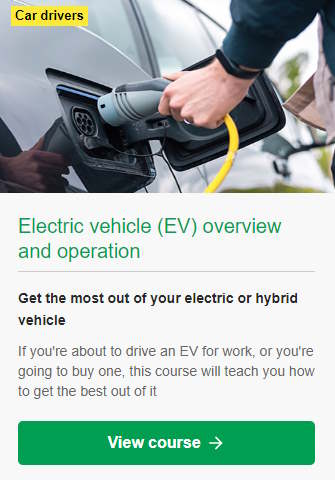Taking your car to be serviced is a massive hassle. Do they have a courtesy car? If so, it’ll likely be a beaten up old Mazda or Toyota – not exactly salubrious. If not, is there convenient public transport to your place of work? Likely not because service garages are often in industrial areas with inconveniently long distances between stops.
So, you’ll be rejoicing if you’ve purchased an EV because the service intervals are significantly stretched compared to cars powered by fossilised plant juice. However, just because there’s no engine or gearbox doesn’t mean that there aren’t things to attend to. Some of them you can do yourself easily (windscreen wipers, for example), but others are usually best done by a person with the right training and equipment.
Your regular internal combustion engine car has well over 200 components in the engine and transmission. Electric motors are much less complex, and much more reliable. It doesn’t mean that an EV is maintenance-free, though.
To get the best mileage and lower your maintenance costs, it’s recommended you take a course in EV driving as the techniques are different. You’ll get more range and have less wear and tear. Click the link to the left.
What do you need to check on an EV?
- Tyres – EVs are notorious for being worse on tyre wear than ICE vehicles, and it’s because they are heavier
- Brakes – you should get much more life out of your brake pads and discs than with an ICE vehicle if you use regenerative braking. In fact, if you use one-pedal driving, then you’ll barely ever use the brakes.
- Brake fluid – as required
- Differential oil and transmission fluids (if your EV has a transaxle)
- Windscreen wipers – they’ll wear out just like on any other vehicle
- 12V battery – just like an ICE vehicle, BEVs have a 12V battery to power the headlights, wipers and internal functions of the car
- Cabin air filter and desiccant – helps prevent corrosion in the air conditioning system, and keep the air fresh
- Gas support struts for the boot and bonnet
- Vehicle coolant – this is required to keep the batteries cool; some EVs don’t require this to be replaced.
- Wheel alignment – check your tyre wear for indications that it’s misaligned
- Lamps, as required – getting 7-8 years out of an LED lamp is a reasonable expectation

